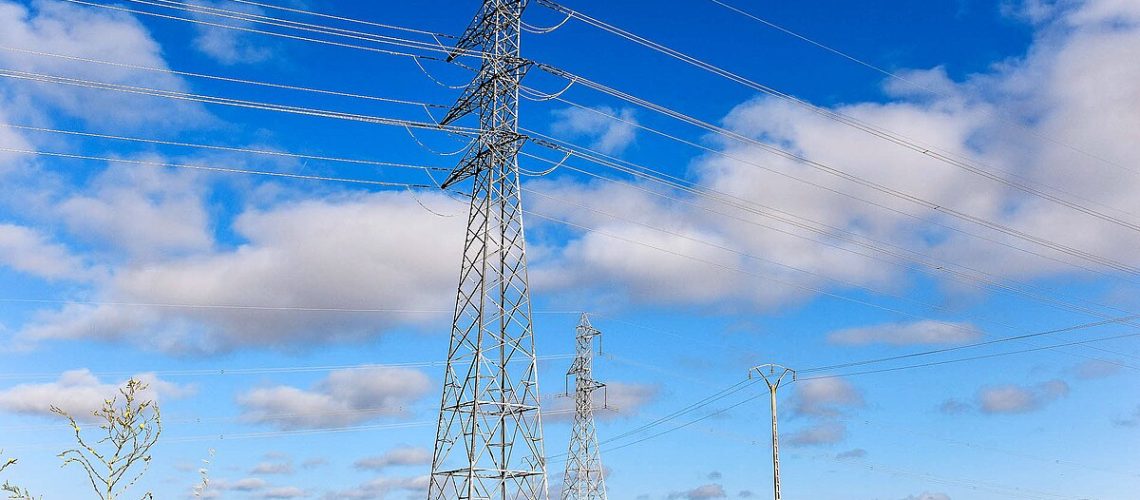Researchers from Canada’s Western University assessed eighteen case studies across thirteen US states and found in areas an economic case for disconnecting from the electricity grid in some areas with high solar irradiation and high electricity rates. They say economic grid defection and utility death spirals are becoming salient issues in the U.S.
From pv magazine Global
People living in solar-rich locations within the United States may be better off financially cutting ties to the grid and generating electricity using solar, battery and generator hybrid systems, according to new research.
The research paper “The threat of economic grid defection in the U.S. with solar photovoltaic, battery and generator hybrid systems,” available in the November edition of Solar Energy, says that a shift away from net metering, coupled with increased grid electricity costs and decreases in both PV and battery costs, has seen economic grid defection and utility death spirals become salient issues in the US.
The researchers, from the Department of Electrical and Computer Engineering at Canada’s Western University, used eighteen case studies across thirteen U.S. states and various irradiation zones to assess the profitability of grid defection using hybrid PV-diesel generator-battery systems.
They found that grid defection is already economically advantageous in some solar-rich locations that have high electric rates. The results suggest Honolulu and Kauai in Hawaii and San Diego and San Francisco in California, locations with high solar irradiation and high utility rates, are examples where there is an economic case for disconnecting from the electricity grid.
The paper gives the example of a 12.32 kW off-grid PV system integrated with 2.5 kW diesel generator, 31 kWh battery and 3.71 kW converter in Honolulu as having a 33% lower life cycle cost compared to remaining on the grid. It adds this system would bring more than $120,000 of avoided costs after an initial cost of roughly $34,000. An example from San Diego found using a hybrid off-grid PV system would see initial investment returned after six years. Massachusetts, Connecticut and New Hampshire are cited as other favorable states for grid defection.
The paper, however, also reiterates that in most of the U.S., it is not yet economically advantageous to consider grid defection because of low electric rates. Case studies in Sacramento, New Orleans, Seattle, Rutland, Bismarck, Lincoln, El Paso and Anchorage all concluded that deploying an off-grid system would be expensive, costing through the life cycle from $57,970 in Sacramento to $108,663 in New Orleans and $103,778 in Anchorage.
The research paper adds that PV-battery hybrid systems with approximately 25% diesel generation could make grid defection economically possible in cases where electricity rates are high and there are reasonable solar resources. “These results indicate that regulators must carefully consider mass economic grid defection as a near-term possibility,” the paper states.
Joshua Pearce, one of the paper’s researchers, said in a discussion posted on Western University’s website that the analysis uses data from one year ago, adding battery costs have since dropped even further, increasing the return on investment. “Locations that were previously on the borderline of economic viability are now clear opportunities for grid defection,” Pearce added.
Pearce explained that this raises concerns around potential utility death spirals, which refers to when customers leave the grid to save money, forcing the ones left to face higher electricity costs, prompting even more to leave until the utility is bankrupt.
“If regulators want to avoid electric utility death spirals they should consider designing rate structures to encourage solar producers with back-up generators to remain on the grid to prevent mass grid defection,” the research paper concludes.



